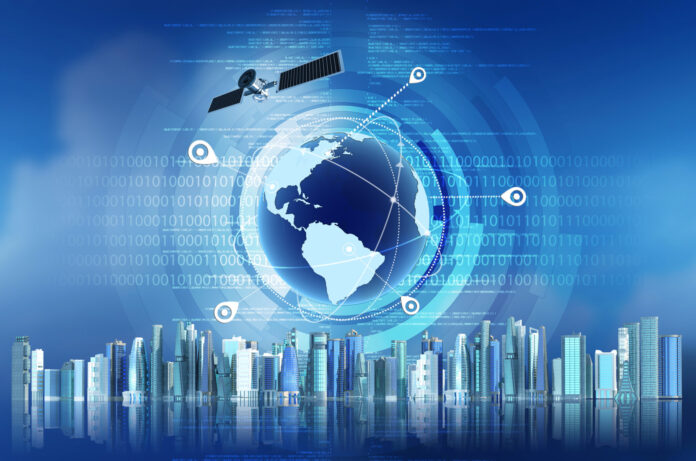IDC noted that the largest share of IoT spending this year is expected to be in the manufacturing and resources sector
Enterprise IoT spending in Europe is expected to reach $208 billion in 2022, according to International Data Corporation’s (IDC) Worldwide Semiannual Internet of Things Spending Guide. The report also forecasts that the market will continue to experience double-digit growth through 2026.
Despite facing many uncertainties due to the Covid-19 pandemic, inflation, low demand, supply chain disruption and geopolitical conflicts, IDC expects the European IoT market to continue to develop and expand, though at a slower pace than before the war between Russia and Ukraine. This growth will continue in 2022 in various sectors such as manufacturing, retail, infrastructure and healthcare, where the need to maintain operations and improve performance is imperative, IDC said.
According to IDC, the largest share of spending this year is expected to be in the manufacturing and resources sector, driven by use cases related to predictive maintenance and production asset management solutions where IoT solutions are used to enhance manufacturing organizations’ remote tracking, monitoring and maintenance of industrial devices in the production value chain.
Meanwhile, IDC also expects that the fastest adoption will be in electric vehicle charging in Europe, driven by the expansion of commercial electric vehicle charging stations across the continent, with IoT enabling real-time availability and reservation scheduling, charge notifications, automated billing, and value-added services, as well as offering marketing opportunities.
Despite the pandemic, IoT has evolved in the past two years, especially in Central and Eastern Europe (CEE), where organizations needed to catch up with more advanced countries in Western Europe in terms of maturity and adoption. However, due to the Russia-Ukraine war, adoption of IoT solutions in Russia will be strongly impacted, while other countries in CEE will be affected by organizations’ uncertainty and reshuffled priorities, IDC said.
“During the pandemic, many organizations refocused their technology investment plans, aiming for a technology stack to support innovation, efficiency, and performance, even in challenging situations — such as the Russia-Ukraine war — with IoT and automation at the core. With organizations seeking to improve productivity, reduce costs, better orchestrate resources and assets, and enhance customer experience, IoT will remain on the agenda for many technology leaders in the years to come,” said Alexandra Rotaru, research analyst, Data and Analytics, at IDC Europe.

